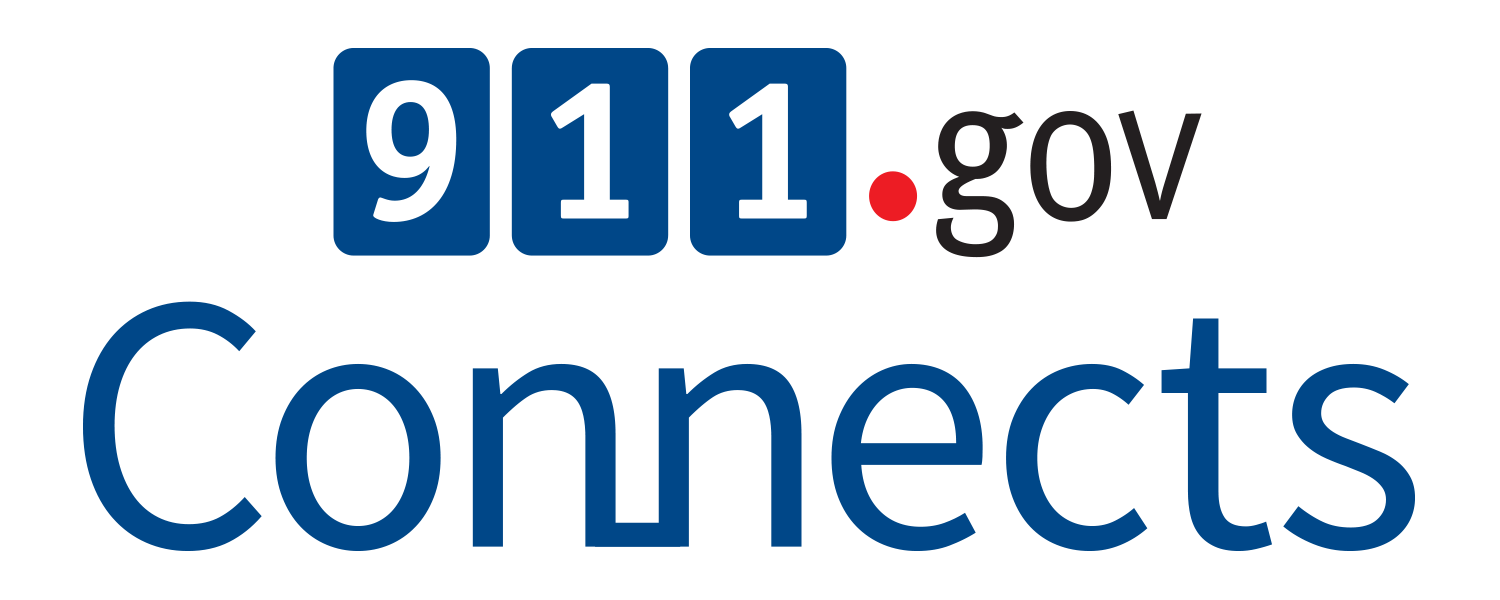911 Is Not the Only Number You Need to Know During Railroad Incidents

When 911 dispatchers respond to a call involving a railroad or grade crossing accident, they face unique emergency communication and logistical challenges that the Federal Railroad Administration is working to mitigate
In 2015, there were more than 800 fatal railroad-related accidents, and more than 50 percent of those were due to trespassing over train tracks. Unlike a vehicle crash, which typically occurs at a location with recognizable street names or nearby landmarks to help identify the location, railroad accidents can often take place far from the next town, landmark or sign of civilization.
Who does someone call to report a rail accident, and how should one share the location? These kinds of questions were the topic of discussion in the latest webinar by the National 911 Program in April. Michail Grizkewitsch from the Federal Railroad Administration (FRA) shared important information about the Emergency Notification System and what the general public and 911 dispatchers can do to respond quickly and effectively, while also preventing additional injuries or fatalities among the public, other train operators or first responders. Under federal highway guidelines, a blue and white sign is posted at all railroad grade crossings – where the majority of railroad-related incidents occur. That sign displays the appropriate emergency number and the D.O.T. number, which provides first responders with the correct location information.
The U.S. DOT number is a unique number assigned to each grade crossing, whether it is an overpass, underpass or pedestrian crosswalk. This number is also kept in the National Law Enforcement Terminal System, known as NLETS, which acts as a database of information about train schedules, railroad-crossing locations and more. This database saves dispatchers crucial time in gathering important information to determine the train location, summon the appropriate response team and contact the other trains in the area to temporarily halt service.
The FRA also created a Rail Crossing Locator app that shares information about the nearest grade crossing. The app is designed to equip the public and first responders with the grade crossing information needed in case of an emergency.
Should someone call 911 reporting a rail-related incident that did not take place at a grade crossing, Michail recommends that the PSAP “notify the railroad first” to obtain the “track charts or mile posts” in order to pinpoint the location of the incident along the railroad track.
Raquel Hunt from the Office of Policy and Planning in the FRA shared improvements to railroad data over the past few years that have increased the location accuracy of railroad tracks throughout North America. Online web portals provided by the FRA contain data on where railroad lines are located, who owns them, where railroad trespassing incidents occur and more.
Both the public and the PSAP can download the FRA Rail Crossing Locator app, which provides users with the name of the railroad, the quiet zone and other details about the specific DOT number and grade crossing.
The entire presentation and slide deck are available online.



